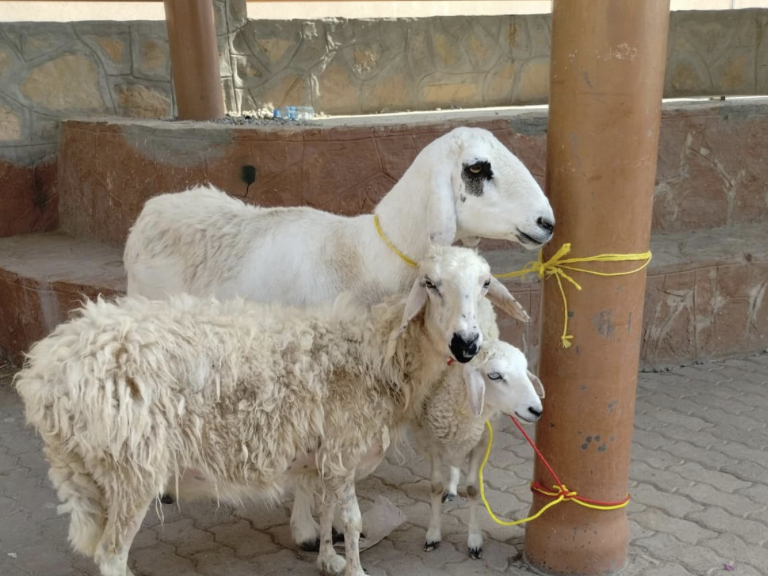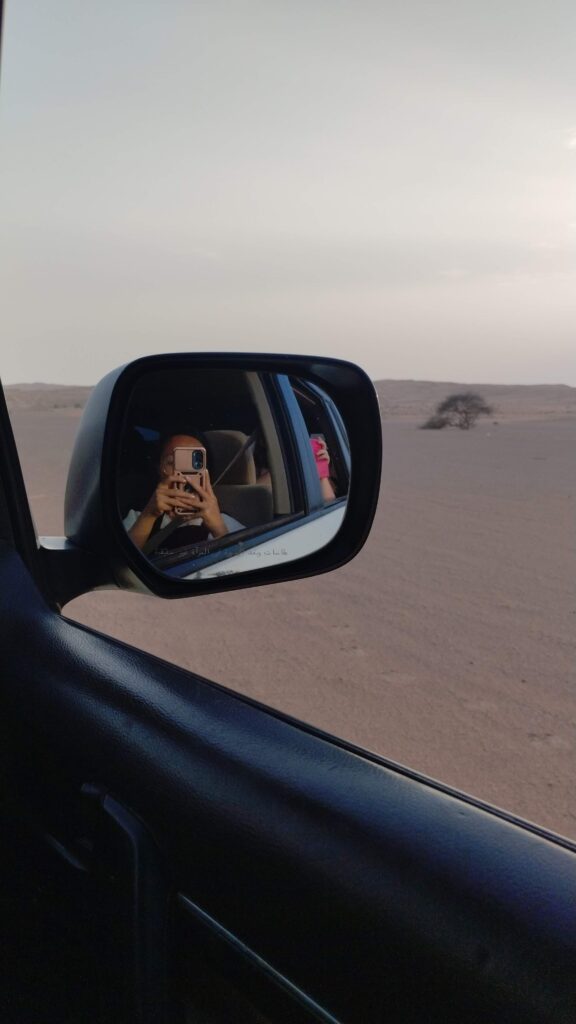by Diana Tran
While returning from my Arabic literature class at Mohamed V University in Rabat, I received an email from American Councils, informing me that I’d been promoted from alternate to finalist for the Critical Language Scholarship program.

I first learned about the Critical Language Scholarship around this time last year. I was preparing for my College of Letters Comprehensive Exams, reading and rereading the Chronicle of Ahimaaz and Leviathan by Hobbes for my Early Modern Colloquium. In between preparing for those exams and planning events for International Education Week with the Vietnamese Student Association (which I am co-president of!), I submitted my application to the Critical Language Scholarship program the day before my exams started – one day before the application deadline.
Thanksgiving and finals week passed in a blur. If someone were to ask me what happened in the last part of the semester, I really couldn’t say! At last, it was winter break; I was home in Los Angeles. A week after New Year’s and a few days after I got my class schedule for Morocco, I got an email telling me that I had been selected as a semi-finalist. Ultimately, I ended up being selected as an alternate in March.
Some people think that being selected as an alternate means you’re only second best, that it’s the end of the road for your CLS journey – but now you have the experience of applying and the chance to build up your application for the upcoming year, as well as the possibility of being upgraded toa finalist. That’s what happened to me. Two weeks before I was scheduled to fly out of Morocco, I was upgraded from being an alternate to a finalist. I received my assignment after eating a delicious chicken tagine with my host family, Nizwa, Oman. The photos of Nizwa differed greatly from Rabat, a metropolitan city with winding streets and trams that took you directly to the beach. Nizwa was quiet, the city painted in shades of sandy yellow with nothing taller than two stories. It hosted a goat market that took place every Friday in the early hours of the morning – sometimes starting at 6 am!

Coming from Morocco, Oman was a different kind of culture shock; I had flown from Morocco to America to Oman in the span of a month. While grappling with reintegrating into America for the short time I was there, I was also preparing for the culture shock I’d experience in Oman. And how it hit me! The cats were skinny and skittish despite my offerings of chicken! The social scene only started around 5 pm and ramped up around 7 pm, after dinner, when the sun had set. I would wander the streets of Nizwa through the Halwa Market, sampling Omani sweets while observing the groups of people wandering through the jewelry souqs. I got the chance to further refine my bargaining skills, that’s for sure.
Due to the Friday Jum’ah community prayers, our weekends lasted from Friday to Saturday, as opposed to the typical Western Saturday and Sunday. During these weekends, we were always out and about, including program-sponsored trips to other regions in Oman and family visits to further immerse ourselves in Oman and Omani culture. During the two free weekends that I had, I travelled to Muscat, the capital of Oman, as well as Salalah, a popular tourist destination throughout the Gulf region, where everything is lush and green and below 100 degrees Fahrenheit!

Every Sunday, the Daaris Institute, where I studied, offered us a full Omani breakfast with daal, beef sausages, Omani bread, vegetables, and chai. During a typical week, my classes would start at 8:30 am and last til 10:30 am, when we’d snack on treats like parantha and fresh fruit like rotub and peaches, staining our hands with sticky-sweet juice as we chatted with each other in the Arabic we’d managed to learn thus far before returning to class. Our sessions would alternate between grammar, listening, and practicing speaking, with presentations after the snack breaks– opportunities to test our progress and connect the language to something we were interested in; I presented on American culture, and the Vietnamese diaspora, which, in turn, led to conversations about Omani culture that my professor was more than happy to share with us.
After class, the learning didn’t end, which is a trend I’m sureyou all have started to notice. There were clubs, where I learned how to farm on the arid Omani soil and to make Omani donuts called luqaimat. I also learned about the various arts and crafts Omani girls often made and made a few items myself. We even participated in an aqua aerobics class where the entire cohort was put into teams with local Omani participants and raced against each other!!
All in all, my time in Oman can be defined as a period of learning and self-discovery. While preparing for one of my exams (luckily not the final!) in Oman, I was wondering about what I wanted to do with my future – not for senior year, but after Wesleyan. It was in Oman where I decided to apply to the various fellowships I’m applying to right now in an effort to continue my intercultural learning abroad.
Wish me luck, everybody, and I encourage you to seek out opportunities and test yourself like I have with CLS– applications are open now!


